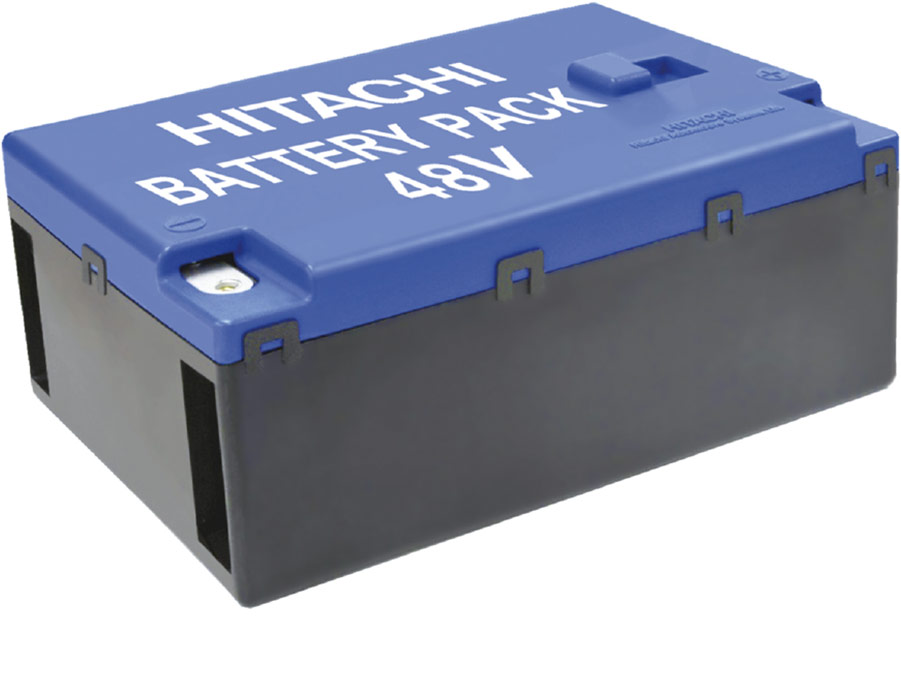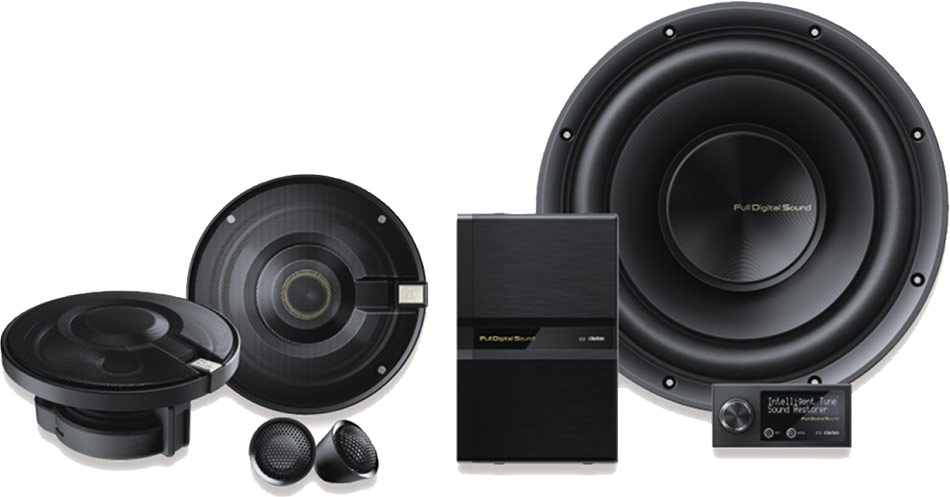1. G-Vectoring Control
New technology based on Hitachi Automotive Systems, Ltd.’s G-Vectoring vehicle motion control technologies was developed by Mazda Motor Corporation, and is being introduced in all Mazda models starting with the updated Mazda Axela released in July 2016.
Mazda developed the advanced G-Vectoring control (GVC) technology by pursuing application-focused development on the basis of Hitachi Automotive Systems’ G-Vectoring control algorithm. Its key feature of enabling dynamic coordination in both the car’s lateral and longitudinal acceleration forces makes it the world’s first control system capable of ensuring smooth and efficient vehicle motion by optimizing the vertical load on the four wheels. Hitachi Automotive Systems and Mazda started collaborating in 2010, and achieved mass production of this technology through industry-university cooperation with Kanagawa Institute of Technology.
The GVC developed by Mazda is the company’s first step forward in the company’s new-generation vehicle control technologies initiative known as SKYACTIV*-VEHICLE DYNAMICS and as such is expected to stimulate future market growth as a new-concept control technology that uses the engine to enhance chassis performance.
Hitachi is committed to continuing strengthening development of automotive equipment systems with the potential to improve car safety and comfort, and to help carmakers build even more appealing cars.
(Hitachi Automotive Systems, Ltd.)
1. Mazda Axela Sport with GVC (left) and G-Vectoring concept (right)







